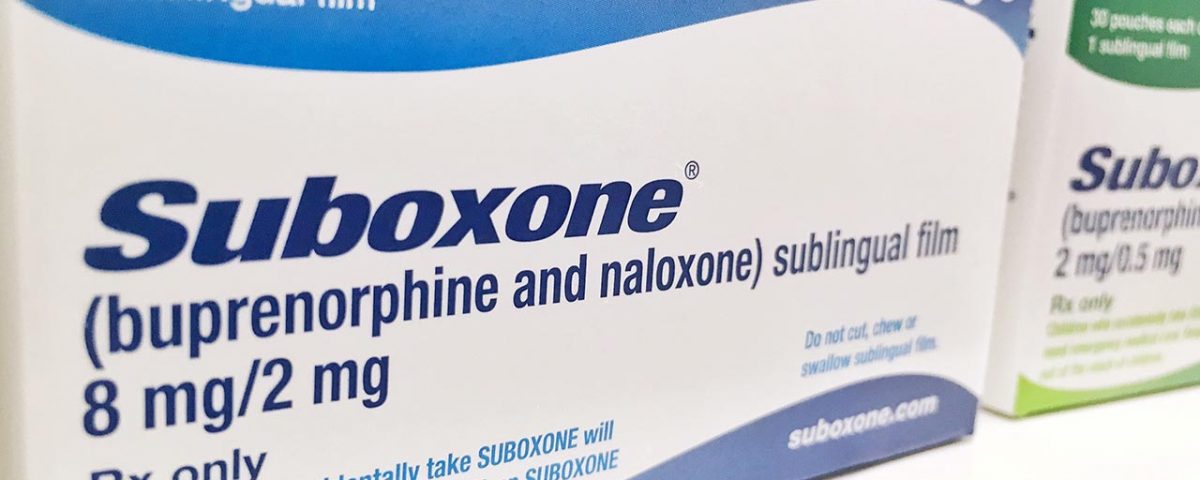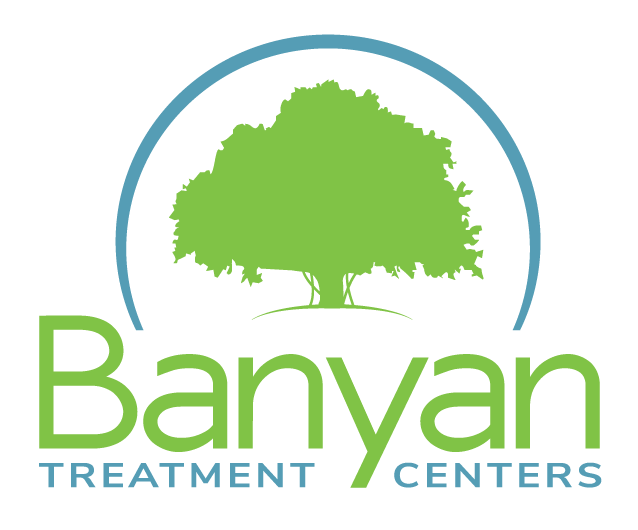Opioids are currently the main driver of drug overdose deaths in the United States. In 2019 alone, there were 49,860 opioid overdose deaths in the U.S. (70.6% of all drug overdose deaths in that year).1
Due to the opioid epidemic and the increasing rate of opioid-related overdose deaths in the nation, preventative measures like Vivitrol shots and Suboxone treatment have been implemented. Much research has focused on Vivitrol vs Suboxone in an attempt to identify which is most effective and safest. As a drug and alcohol rehab in Chicago that offers a Vivitrol injection to qualifying patients, we wanted to examine the differences between Vivitrol and Suboxone ourselves.
What Is Suboxone?
Suboxone is an opioid antagonist medication made up of buprenorphine and naloxone that is used to treat adults with opioid addictions. It’s used as part of medication-assisted treatment (MAT) for addiction to opioids like heroin, morphine, and oxycodone. As an opioid antagonist, Suboxone works by blocking the effects of opioid agonists, which activate a pain-blocking receptor in the brain that alters the person’s perception of pain and activates the release of endorphins to mimic pleasure. Suboxone inhibits the effects of opioids, reducing the intensity of drug cravings and withdrawal symptoms. Because this medication effectively blocks the effects of addictive opioids, it’s often used as an additional method of care in opioid addiction treatment.
Although this medication is safer and less habit-forming than methadone, it can also produce uncomfortable symptoms.
Some common Suboxone side effects include:
- Numbness in the mouth
- Redness in the mouth
- Pain in the mouth
- Dizziness
- Headaches
- Drowsiness
- Insomnia
- Nausea and vomiting
- Difficulties concentrating
- A drunk or drowsy feeling
More severe symptoms of Suboxone treatment include fainting, fast or irregular heartbeat, hallucinations, mood swings, and shallow breathing. Mixing Suboxone with other substances like alcohol, benzodiazepines (benzos), and cocaine can be extremely dangerous and life-threatening. Individuals taking Suboxone pills during opiate or prescription pill addiction treatment should avoid taking any other substances to prevent health complications.
What Is Vivitrol?
Vivitrol (naltrexone) is another prescription injectable opioid antagonist used to treat alcoholism and opioid use disorder. Because Vivitrol shots are long-release, they’re usually administered once a month or every four weeks instead of every day. Vivitrol works by binding to opioid receptors to block the effects of opioids, making it easier for addicts in recovery to cope with cravings and withdrawals. It also blocks the response to natural opioids synthesized by the body, which helps to reduce alcohol consumption in individuals with alcoholism. While Vivitrol for addiction treatment is effective, it can also result in adverse side effects.
Common Vivitrol side effects include:
- Headache
- Nausea and vomiting
- Diarrhea
- Constipation
- Stomach pain
- Anxiety
- Dizziness
- Restlessness and irritability
- Insomnia
- Reduced appetite
- Increased thirst
- Muscle or joint pain
- Weakness
People taking Vivitrol for drug or alcohol addiction treatment may also experience minor withdrawal symptoms. Individuals who take naltrexone with traces of opioids in their system may also experience uncomfortable symptoms like hallucinations, blurred vision, anxiety, confusion, and severe vomiting and diarrhea. It’s recommended that patients are opioid-free for a minimum of 7 to 10 days before taking Vivitrol. Banyan Treatment Centers Chicago offers safe and medically monitored Vivitrol treatment that can greatly assist you or a loved one during recovery.
Vivitrol vs Suboxone: What’s the Difference?
Although Vivitrol and Suboxone are both effective supplemental methods of addiction treatment, each has its advantages and disadvantages. Below are some major differences between Suboxone and Vivitrol, including:
- Vivitrol is an extended-release shot administered once a month, while Suboxone is sold as a pill or oral film that has to be taken regularly.
- Unlike Vivitrol, Suboxone contains buprenorphine, which is designed to partially stimulate opioid receptors. Naloxone works in tandem with buprenorphine to remove and replace opioid receptors without activating them.
- Suboxone isn’t approved for the treatment of alcoholism like Vivitrol.
- Vivitrol has no potential for abuse.
- When comparing a Vivitrol shot vs a Suboxone pill, the former increases the patient's risks of skin-related ailments.
- Suboxone is more effective in treating opioid use disorder.
- While Vivitrol requires less maintenance on the patient’s part, it’s more costly than Suboxone.
Despite their differences, however, both of these medications can greatly benefit addicts in recovery when used alongside substance-specific treatment programs. If you’re interested in finding addiction services for yourself or a loved one, call Banyan Chicago now at 888-280-4763 to learn more about our drug rehab programs in Illinois.









